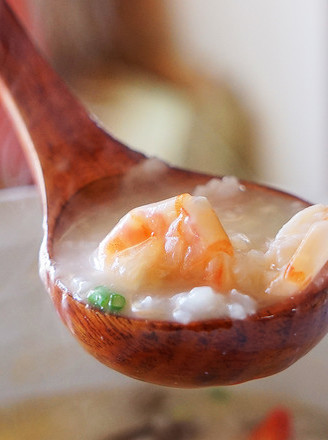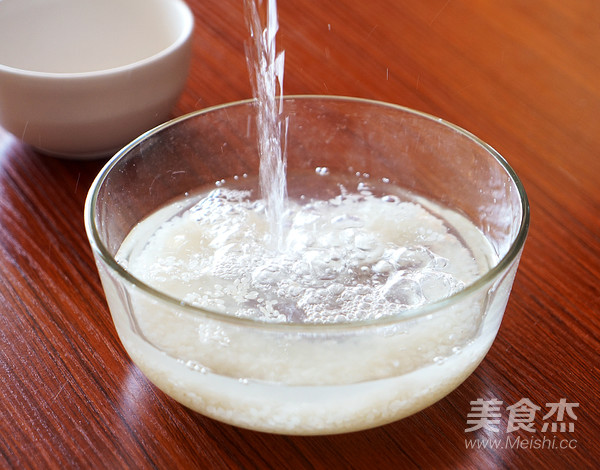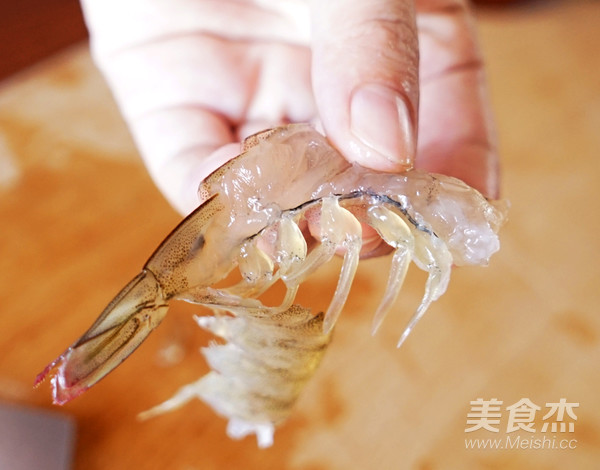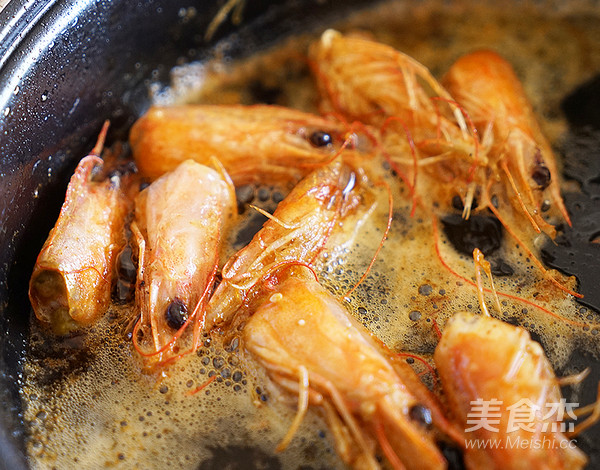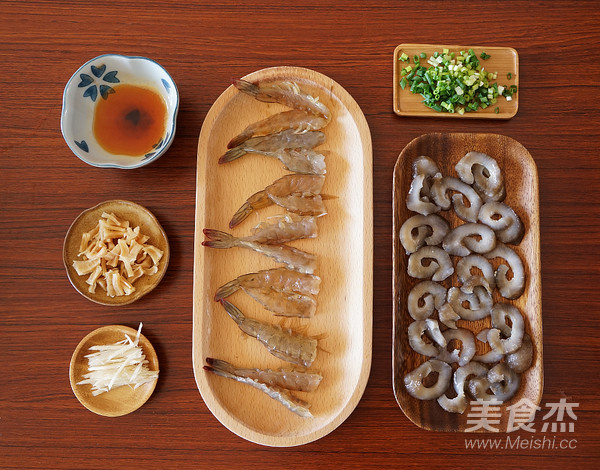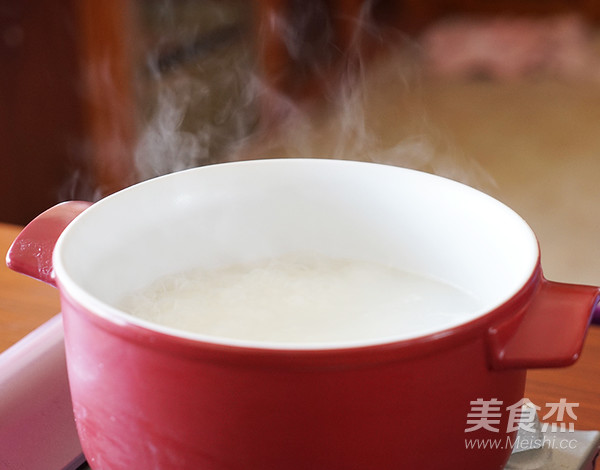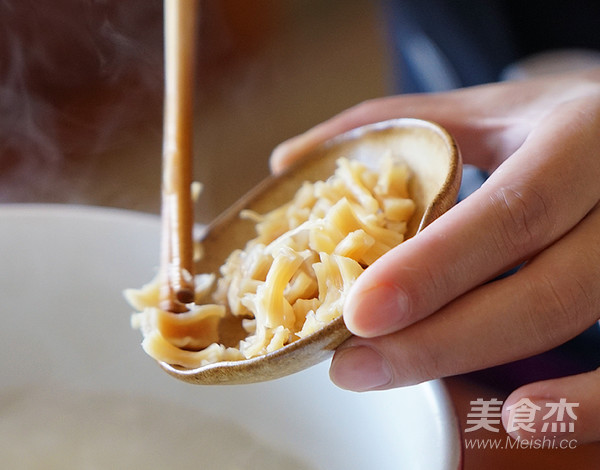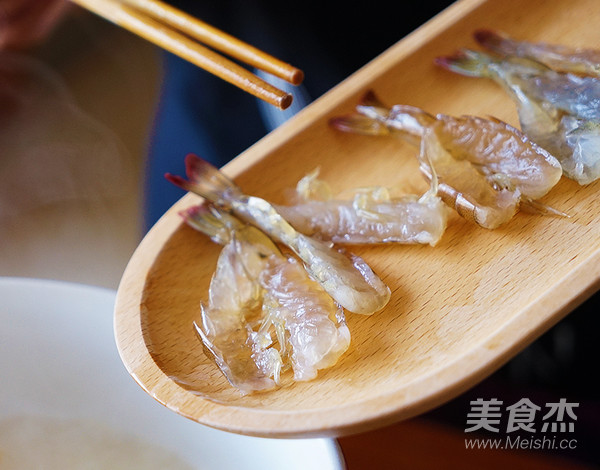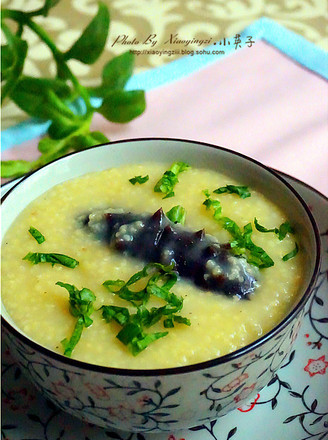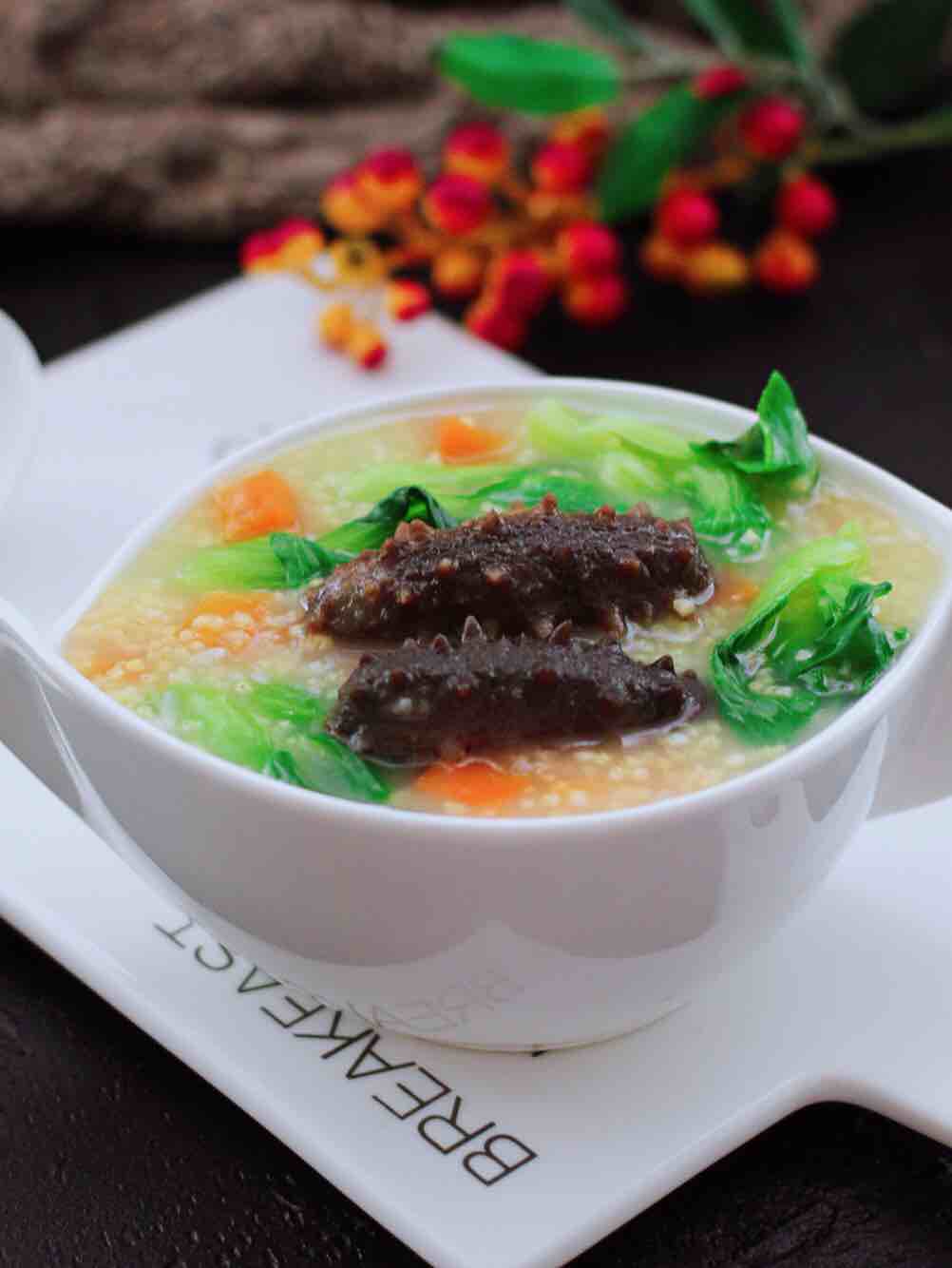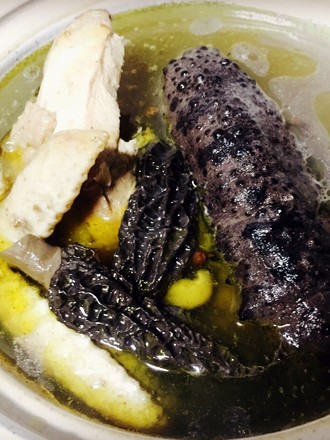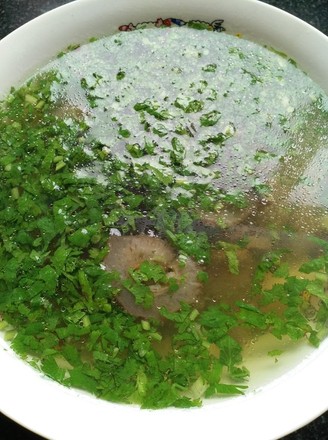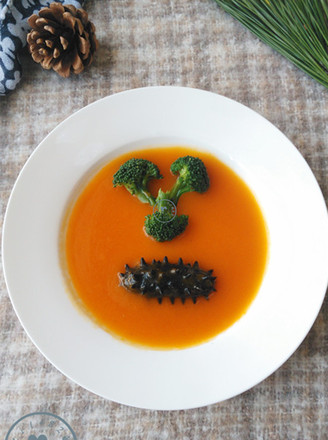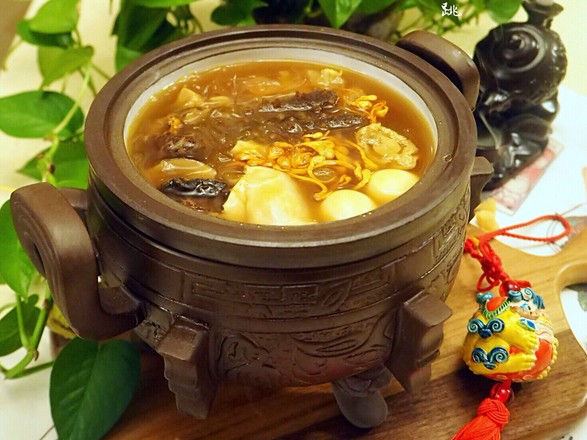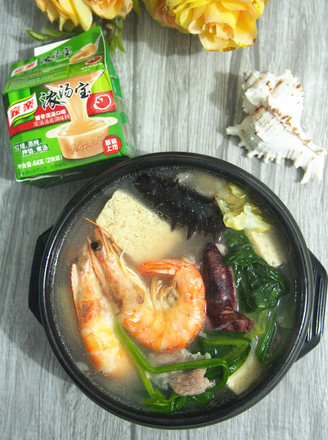Chaoshan Scallops and Shrimp Casserole Congee
1.
Wash the rice first and soak in water for 30 minutes;
2.
Remove the head of the shrimp, open the sides, remove the intestines, wash and set aside; do not throw the shrimp heads.
3.
Use kitchen paper to absorb the surface moisture of the shrimp heads, put oil in the pan, fry the shrimp heads, and drain the shrimp oil.
4.
Wash the dried scallops and set aside, which can be torn apart; cut the sea cucumber into cubes for later use; shred ginger, chop coriander or parsley into mince, mince shallot
5.
Soak the rice, add water to the casserole; after the high heat is boiled, turn to medium and low heat, and simmer slowly for 20 minutes;
6.
In the meantime, boil the rice until it blooms, add scallops, add shrimp oil according to your preference, 4-5 spoons; then add ginger shreds.
7.
5-7 minutes before turning off the heat, add fresh shrimp, sea cucumber, salt and pepper, and sprinkle with chopped shallots and celery.
8.
The sea cucumber and shrimp casserole porridge is finished.

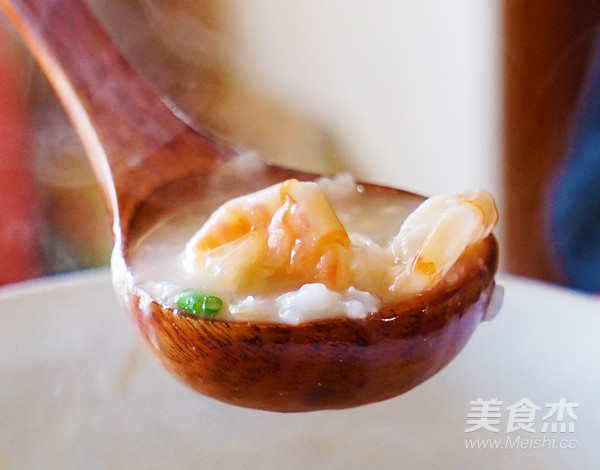
Tips:
1. Casserole.
The casserole is the best tool for cooking porridge, because the casserole has good ventilation, uniform heat transfer, and slow heat dissipation. The casserole can transfer external heat to the internal raw materials in a balanced and long-lasting manner. The relatively balanced ambient temperature is beneficial to the water molecules and food. Interpenetration can maximize the release of food flavors.
2. Pearl rice.
The casserole porridge generally needs to be boiled with the finest pearl rice to make it distinct, soft, sticky, fragrant, and gelatinous, "fat rice" is the best choice.
3. Soak the rice for 30 minutes first.
After washing the rice, soak it for another 30 minutes. The rice grains can fully absorb the water to cook a soft and thick porridge.
4. It is good to cook porridge with rice under cold water.
When cooking porridge, put the rice grains and cold water into the pot to boil, so that the rice grains can fully absorb the water, and the cooked porridge will be more fragrant and soft. Otherwise, the rice grains will be hard and the porridge will not be thick. (It is generally emphasized that the rice under hot water is mainly for fear of sticking to the pan)

